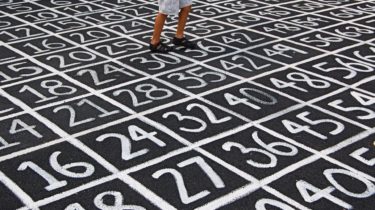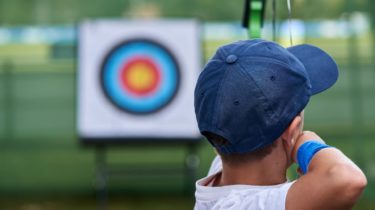Using Optimizers from PyTorch
Optimization is a process where we try to find the best possible set of parameters for a deep learning model. Optimizers generate new parameter values and evaluate them using some criterion to determine the best option. Being an important part of neural network architecture, optimizers help in determining best weights, biases or other hyper-parameters that will result in the desired output. There are many kinds of optimizers available in PyTorch, each with its own strengths and weaknesses. These include Adagrad, […]
Read more








